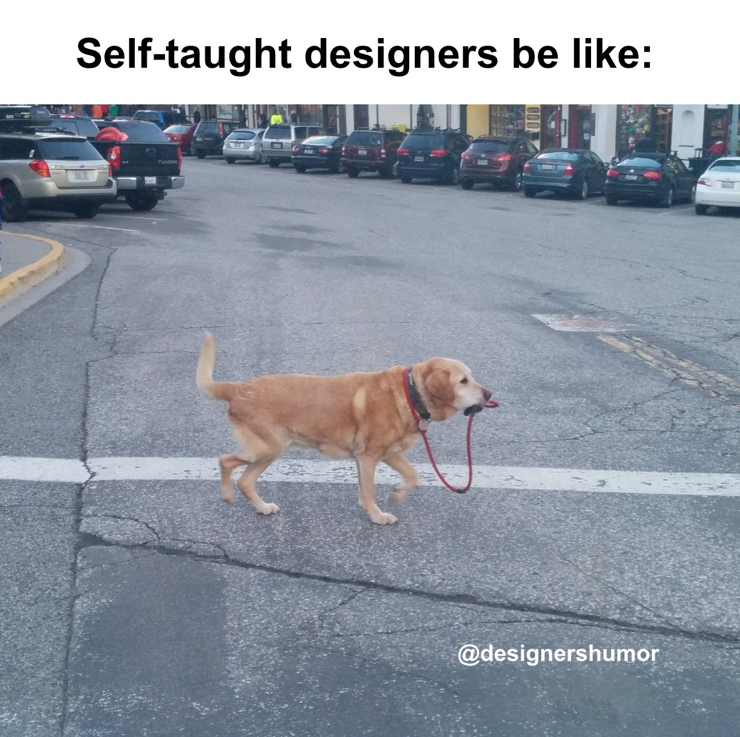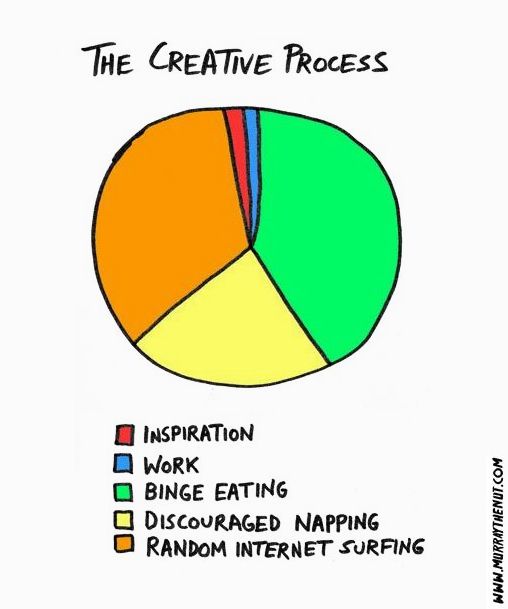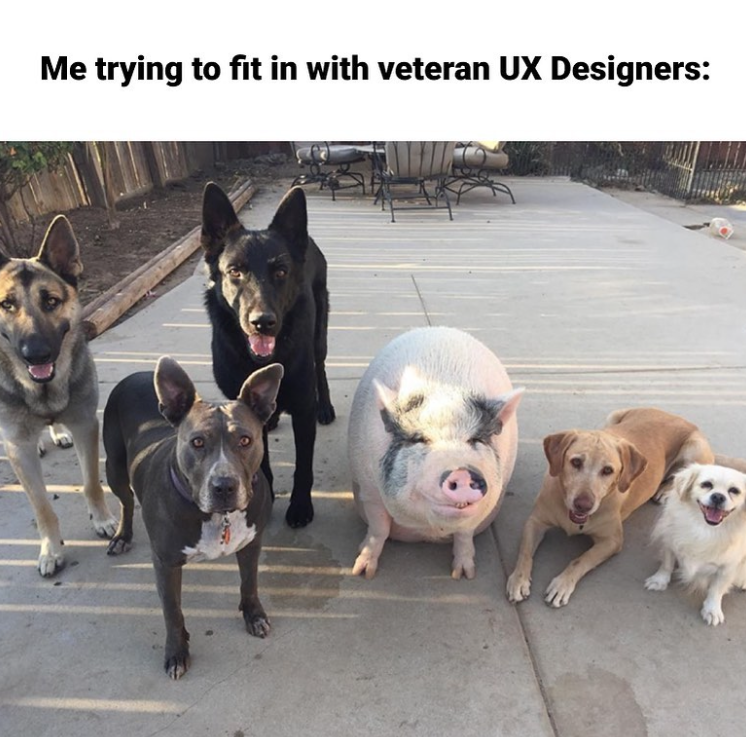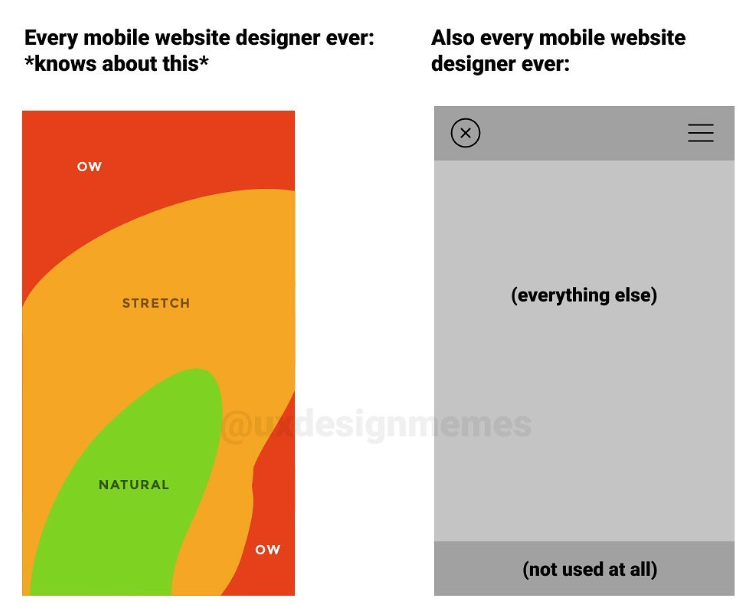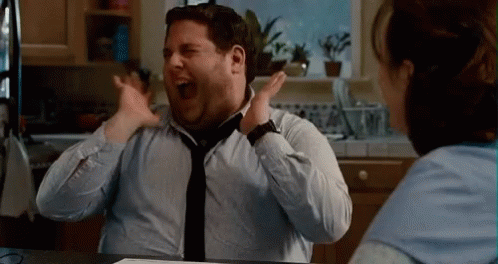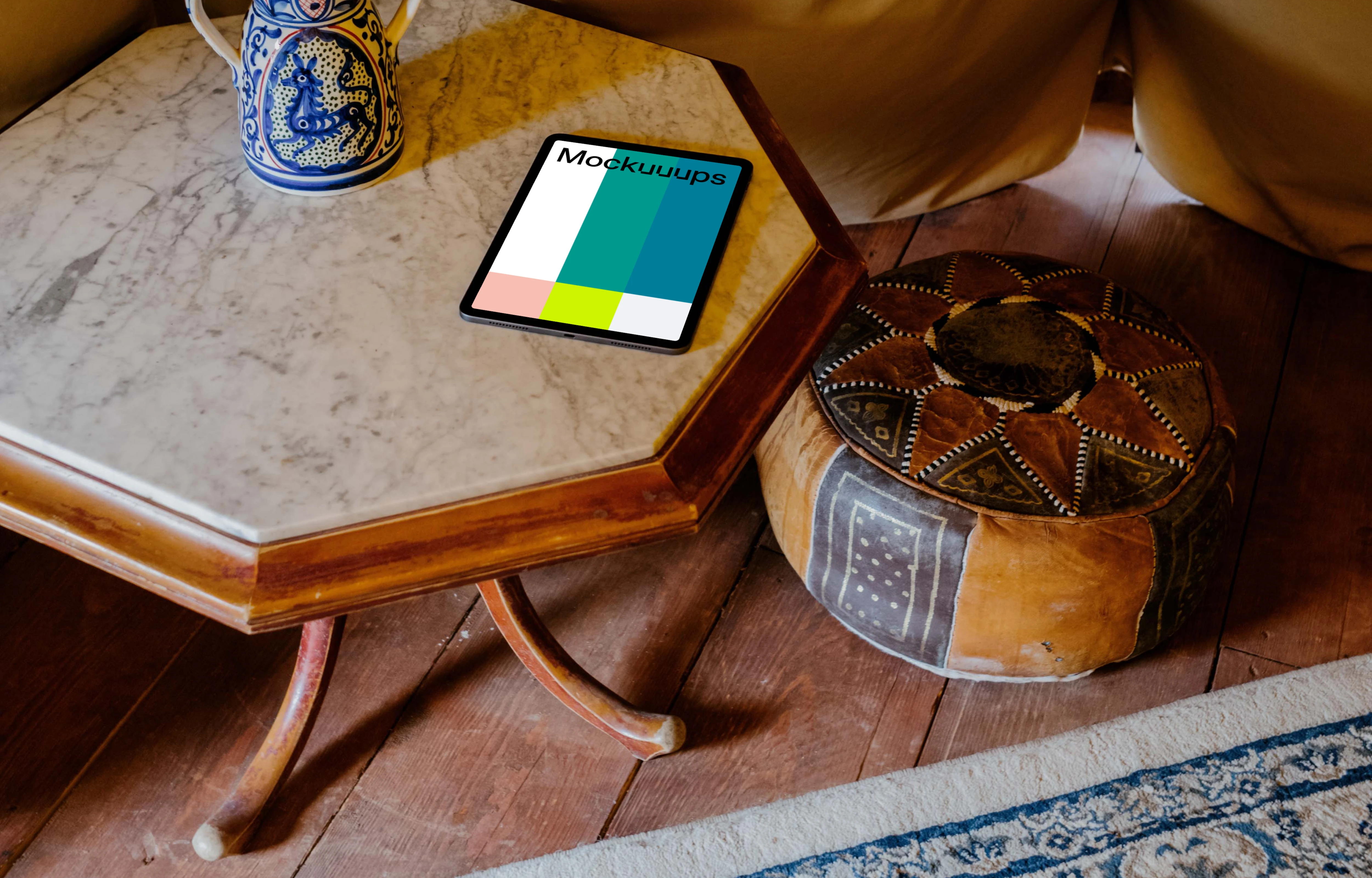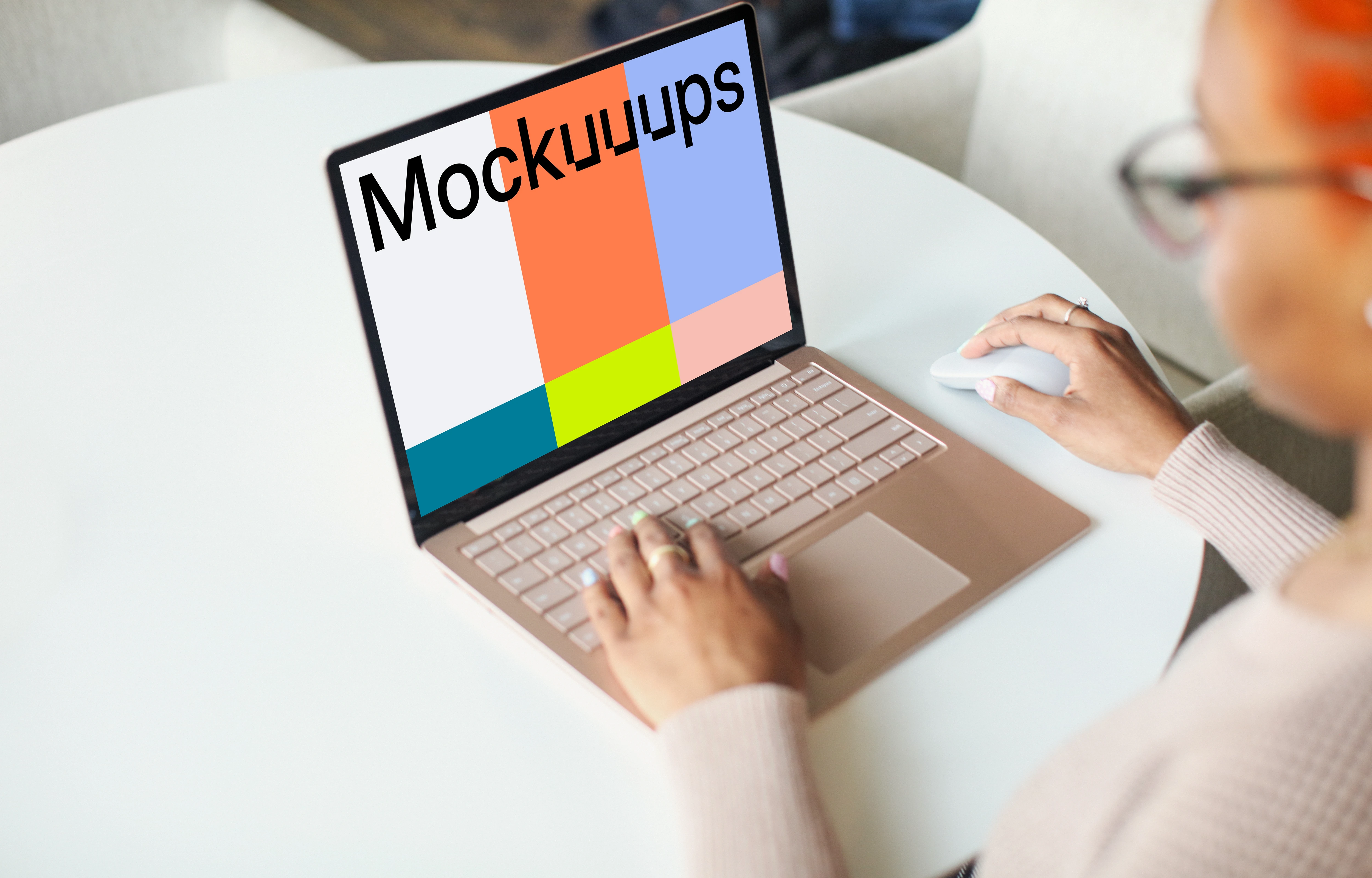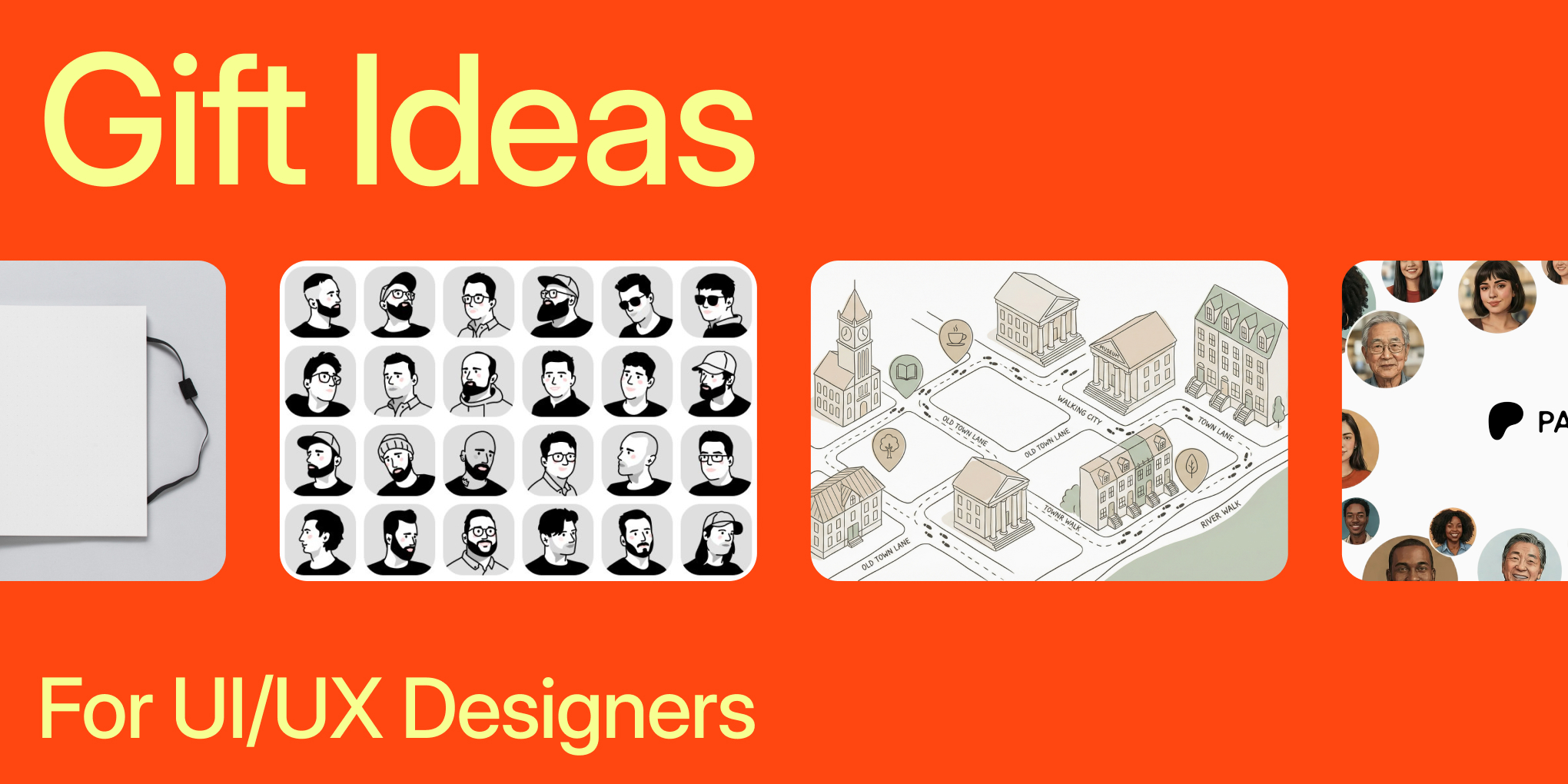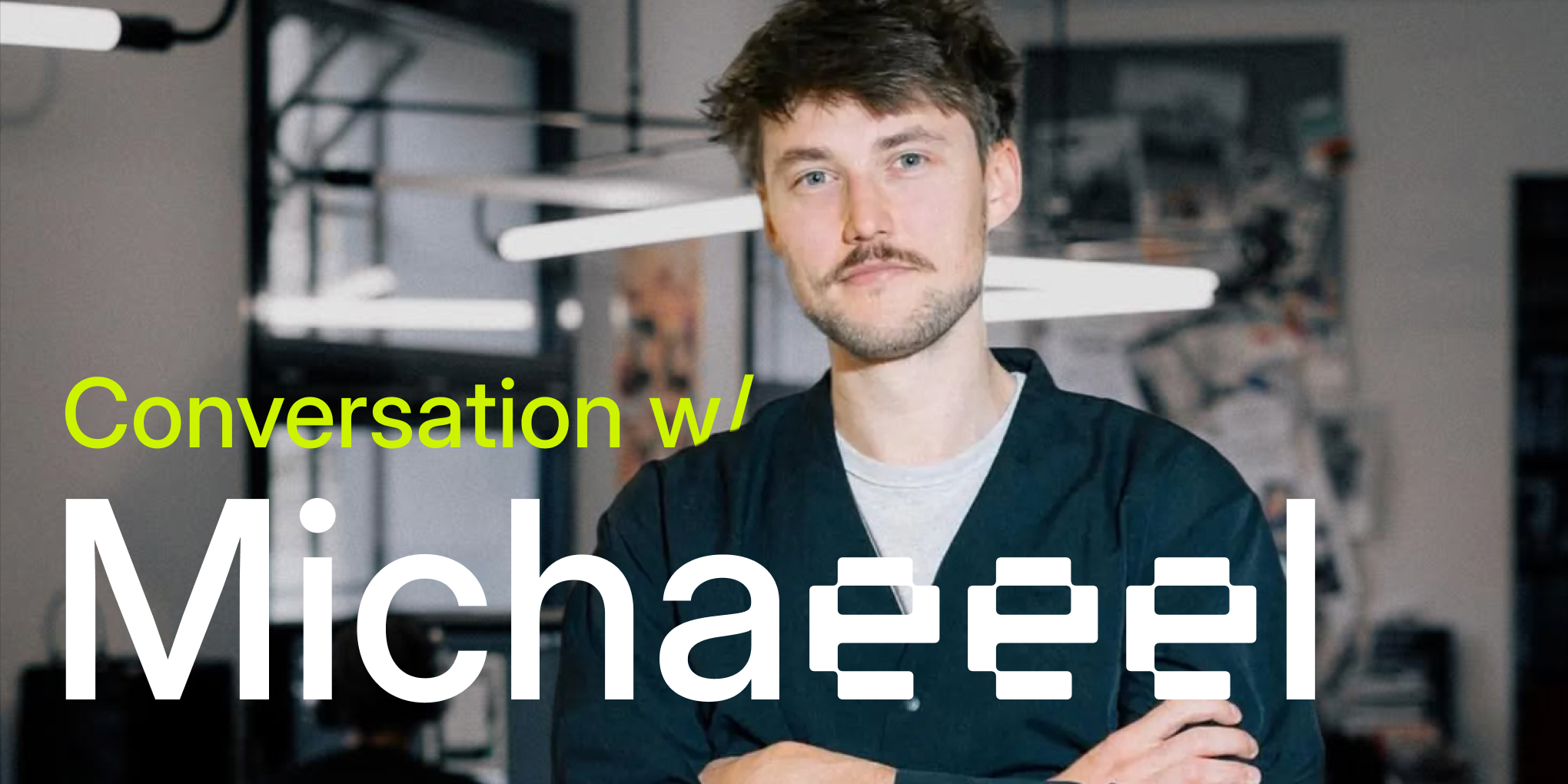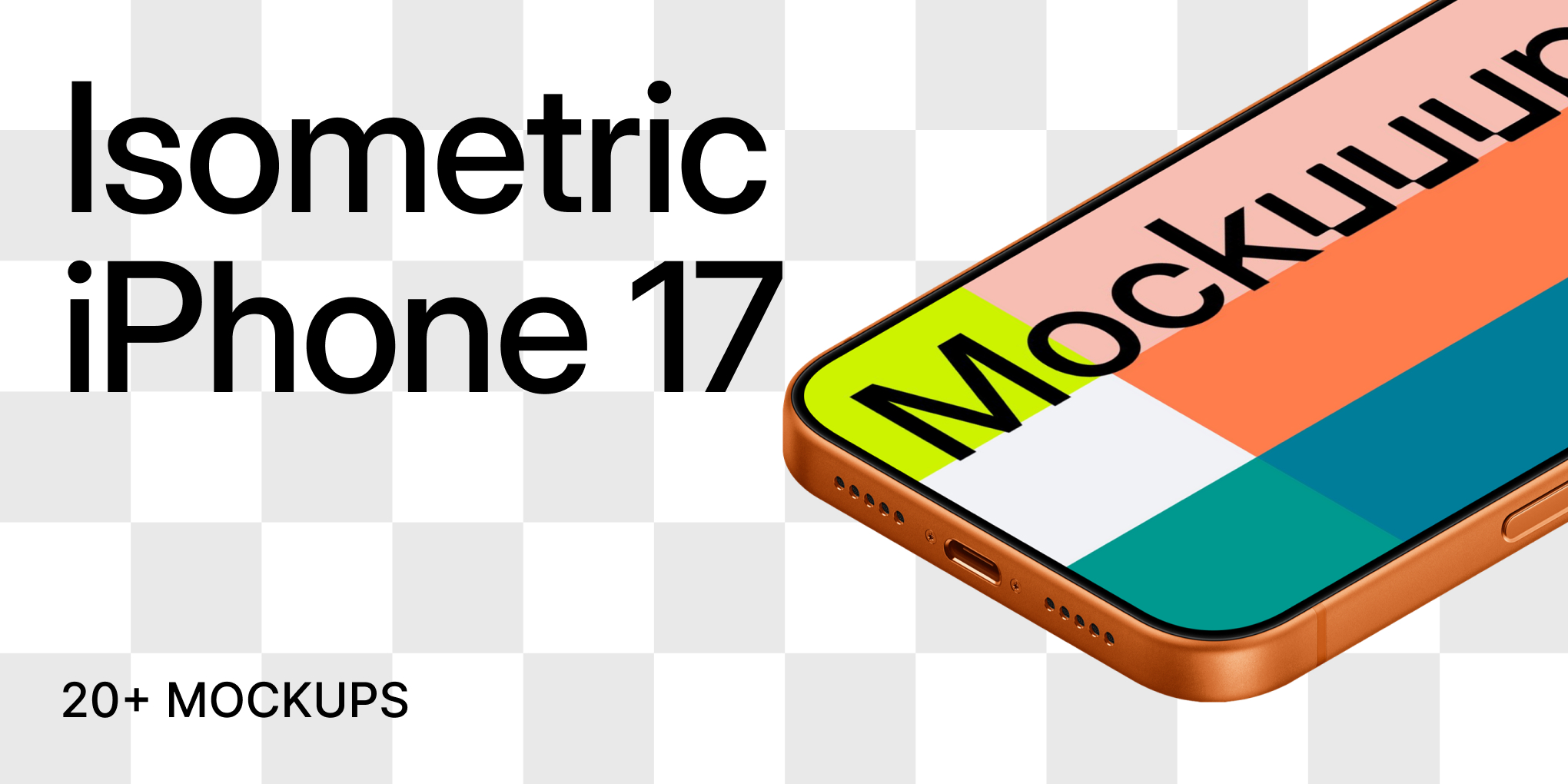How to smash your next UI UX design interview (2025 Guide)
- Tips & Tricks,
- 9 minutes to read
Prepping for UX/UI interviews? You’ve put in the groundwork. Your top-notch portfolio has caught the eyes of recruiters. Strap yourself in as we unpack what UX interviews look like, common questions, and some handy tips to help you smash it.
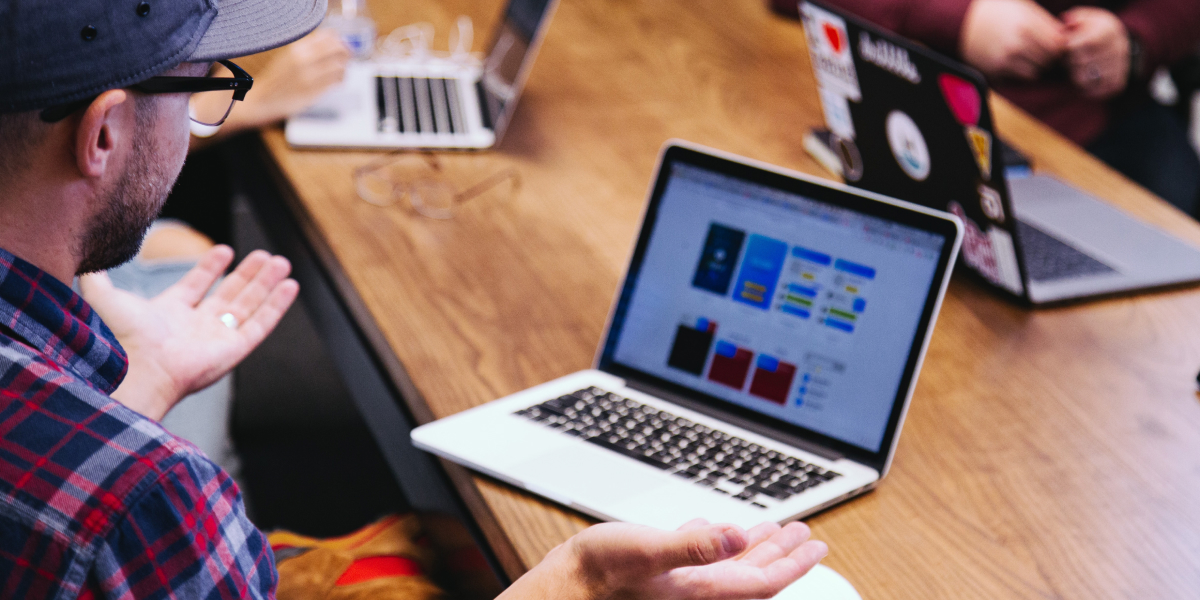
What’s a UX UI design interview like?
UX / UI interviews vary massively. You might have a brief on presenting yourself for 40 minutes or a simple question and answer session. Most interviews start by introducing yourself as a UX designer. Followed by questions based on your experience.
Depending on the size of the company, you'll get interviewed by the entire company or part of the team.
How do I prepare for a UI UX interview?
To prepare for your UX interview it’s good to ensure you can expand on the case studies in your portfolio.
You do this by collecting stories of your process, challenges, and successes for each project. These stories give you ammunition to answer questions like:
- How do I introduce myself as a designer?
- What is UX/UI design?
- Walk us through your workflow?
- Tell me about your most and least successful UX design project.
- Do you consider yourself a team player?
- Examples of good UX and why?
- How do you keep up with design trends?
- How would you improve the UX UI of our product?
- Do you have any questions?
Here we’ll walk you through how to answer these questions along with some handy tips for standing out.
Before we go any further: We’d recommend you have your portfolio to hand along with a pen and paper. This way, you can note down how you'd relate each question to your case study.
The whole reason you're here is so you don't just explain your portfolio. But take them on a journey of your past experiences.
So do yourself a favor, grab a pen and let's jump in!
10 common UX UI design interview questions and how to answer them.
1. How do I introduce myself as a designer?
“Tell us about yourself…” This is an interview classic. No doubt you’ve seen it before. Seems like a nice friendly opener, but this is your chance to make a great first impression.
It’s best to give a short story. Hitting on your passion for UX, your experience, and why you’re here today.
You can ask yourself: How did you discover your passion for UX? What experiences have you had to set you apart? And why you’re here?
Bonus tip: Keeping this relevant to the role is key. Mike at career foundry recommends starting by telling them what excites you about this role and how you’d make a great fit.
Finish with a positive open statement like “I hope I can show you how my background and approach to UX will make a great addition to your team.”
2. What is UX/UI design?
When explaining what UX UI design is you want to show an understanding of the craft in the business setting along with its process. Start by outlining why UX UI design is important – where it fits amongst other roles – and the goals it looks to achieve.
Then you can go into the design process with your case studies. Highlighting how you research, structure customer journeys, and conduct wireframing.
Don't bore them with overexplaining your portfolio. Instead, think about how UX adds value to their business.
Bonus tip: Imagine you’re explaining a design problem to a child, a relative, or another designer. Think about how you’d explain it to each of them.
Other forms this question may take:
- What’s the value of UX design?
- What separates UX/UI from other design disciplines?
- Before you start designing is there any UX/UI information you need to know?
- What does it mean to be a great UX designer?
3. Walk us through your workflow?
UX and UI have different processes among designers and teams. They’ll want to see how you tackle design problems and your critical thinking. Explain how you do things and why you think each step is important. Then show it in the wild with your case studies.
Walk them through the "why" in each step and how it got you notable results.
Bonus tip: Mention how your process can help them. This way they’ll be able to picture what it’s like to work with you.
Other forms this question may take:
- Talk us through your work.
- Talk about how you’re expected to expand on your portfolio.
- Tell us about your most, or least, successful UX design project.
- Walk me through a design example where you set out to solve a business problem.
- Describe your design process and what methods you follow.
4. Tell me about your most and least successful UX design project.
This is a behavioral question to find out your strengths, weaknesses, and self-awareness. Again, pull out your pen and jot down successes and failures for each case study project.

Ask yourself: what were the challenges I faced throughout the process and how did I overcome them? Or what lessons did I learn? It could be during research, wireframing, or hand-off to developers.
Did you learn how to hand off work to developers in a new way? Did a key research insight spark success? Pick a couple you think are most relevant to the role.
Other forms this question might take:
- Tell me about a time when there was a failure in the handoff between design and development. How would you do it differently?
- What is your biggest strength/weakness as a UX designer?
- Tell me about a design problem that challenged you?
- Describe a recent project you were particularly challenged by and how you approached the problem.
- When a client says: “I don’t like this design.” What do you do?
5. Do you consider yourself a team player?
Here they’re really asking: will you fit in here? They want to see how you collaborate with other designers, developers, and whoever else you might be interacting with.
Think back to a conflict in a case study project or a time of negative feedback. How did you respond to it to ensure collaboration and success?
Perhaps you worked with a team to conduct research – is there something contributed that made it successful?
Other forms this question may take:
- How do you respond to negative feedback?
- What’s your ideal work environment?
- How do you hand over your work to engineers?
6. Examples of good UX and why?
Here’s your chance to showcase your passion and understand what marks good design. You can use your case studies to draw on why a particular project was such a success for user experience…
Was there a research insight you incorporated in the design, or particular feedback from user testing?
Take this opportunity to mention the importance of inclusive design or anything else that inspires you.
Bonus tip: Add some ideas from their competitors they could use in their own business.
Other forms this question may take:
- Could you share an example of good UX?
- What does it mean to be a good UX designer?
- What are the elements of good UX?
7. How do you keep up with design trends?
Do a little reading in advance for this question… Visit some of your favorite sites, books, newsletters, or thought leaders and see if you can give some examples of what excites you – and where you think things are headed!
Let them see your natural curiosities and it'll show how you fit within the company culture. Your passions should come through here.
Bonus tip: Everyone is online these days. Have a snoop of the panel on LinkedIn, Dribble, and Twitter. This way you can tailor your responses to resonate with them.
You also might be asked:
- What do you think will be the next big thing in UX design?
- Where do you go for UX design inspiration?
- Do you have any external hobbies? (fit company culture)
- Who are your design heroes?
- What are your favorite apps for UX?
8. How would you improve the UX UI of our product?
Draw on the research you’ve done about the company, the job description, their competitors to find ideas on how you’d go about improving. This will give them an insight into your approach.
And if your case study can show where you've done it before, even better!
Bonus tip: Take along 1 - 3 ideas with you on how they can improve their UX. These upfront tips will make you memorable.
9. Do you have any questions?
This is an important part of the interview. It’s your chance to see if this role is really for you, find out why they're hiring and what they’re hoping to achieve.
You could ask:
- What do you consider your number one priority in UX UI design?
- How does your team normally collaborate?
- If you hire me, what would we be working on over the next few months?
- What does this role's success look like to you?
- Why is this role open - has someone left or are you growing?
- What’s the risk you see in hiring for this role, what are you hoping to achieve?
- What was your interest in me to invite me here today? (you'll see exactly what they'll hope you'll bring!)
Bonus tip: If your interview is remote, print out some questions behind your laptop to remind you.
Closing thoughts: Tips for smashing your UX UI interview.
We’d recommend going through your case studies and highlighting points surrounding these popular interview questions. Armed with these answers – you'll be set.
Important notes:
- Don’t assume the interviewer is a designer and understands everything. Don’t just explain your portfolio – draw examples from it.
- Add emotion and conflict to all your experiences to build a connection (humans love stories).
- Practice, practice, practice: Record yourself or practice with a family member or friend. This will help you notice gaps in assuming understanding.
Action steps for preparing for a UX interview:
- Make notes on common interview questions based on your case studies.
- Plan interesting stories to demonstrate your strengths, weaknesses, and experience.
- Practice some questions with a family member or friend.
- Research the company to bring value and tailor your answers.
What you should do now
Still, going through the interview process? See if there’s a way you can improve your portfolio case studies with our handy guide…
Discover:
- The recruiter “turn-off” that most designers get wrong in their case studies (easy fix).
- How to present portfolio screenshots and interactive designs – without PSD templates.
- The 5 things you can do today to land more gigs (from Tobias at Semplice and The Futur.)
This short, easy-to-read post is packed full of examples you won’t want to miss! Check it out here: How to make your UX portfolio land more gigs
